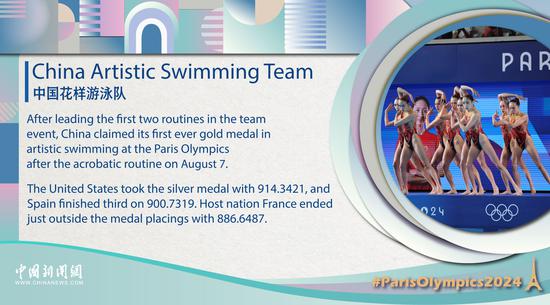China and Thailand will hold a joint air force exercise in Thailand this month, with the Chinese side sending multiple types of warplanes and special operations forces. Experts said on Wednesday that the drill could feature practice relating to aircraft combat, airborne tasks as well as attack and defense of airports and anti-aircraft positions.
Based on an annual drill schedule between the Chinese and Thai militaries, the China-Thailand Falcon Strike-2024 air force joint exercise will be held at a Thai air force base in August, Chinese Defense Ministry said in a press release on Wednesday.
The Chinese side will send multiple types of planes in addition to its special operations forces to Thailand for the drill, which is aimed at enhancing the tactical levels and skills of both sides' participating forces, as well as strengthening pragmatic exchanges and cooperation between the two countries' militaries, the Chinese Defense Ministry said.
According to a press release by the Thai air force, the exercise is scheduled from Sunday to August 29, as the drill will boost capabilities in air combat operations, air tactics, and joint air operations, promote mutual understanding between the air forces of both countries, as well as enhancing regional security.
China and Thailand hold the Falcon Strike joint air force exercise generally on an annual basis, and in previous editions, the drills have mainly focused on air combat, but this year's exercise also features Chinese special operations forces, possibly airborne troops, Fu Qianshao, a Chinese military aviation expert, told the Global Times on Wednesday.
Special operations missions could include reconnaissance and assault on positions behind hostile defense lines, including air fields, surface-to-air missile positions and ports, Fu said.
As for the traditional air combat part, Fu said that the two countries' warplanes will likely hold confrontational exercises, which will enhance technical and tactical exchanges and boost mutual trust.
During last year's Falcon Strike-2023, the Chinese side sent warplanes including the J-10C fighter jet, the JH-7A fighter bomber, the J-11B fighter jet and the KJ-500 early warning aircraft, while the Thai side sent the Saab JAS 39 Gripen, the Alpha Jet and the Saab 340 early warning aircraft, according to media reports.
Thailand typically uses Western built aircraft and adopts combat tactics based on a Western model, and they could be good additions to China's domestic training programs, observers said.


















































 京公网安备 11010202009201号
京公网安备 11010202009201号